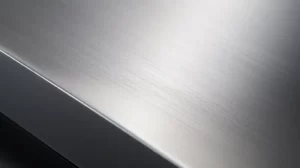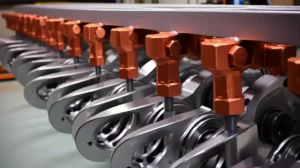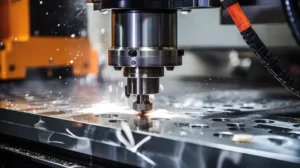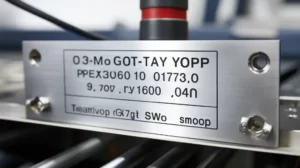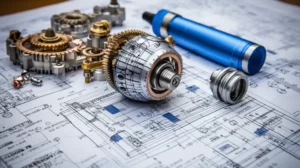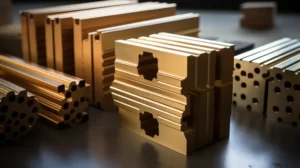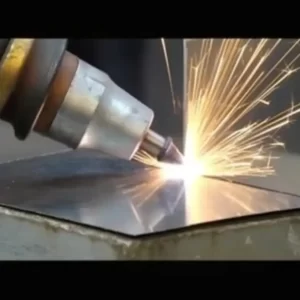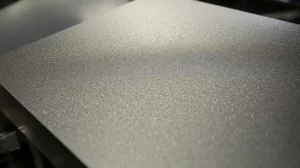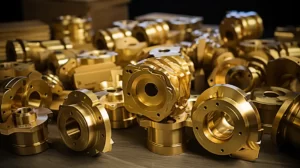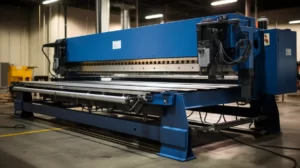
What Is Electrostatic Painting: A Comprehensive Guide
Electrostatic painting is a process where paint particles are charged and then attracted to a grounded surface. The basic principle of electrostatic painting relies on the attraction between opposites. The paint particles are positively charged, while the painted object is negatively charged.


